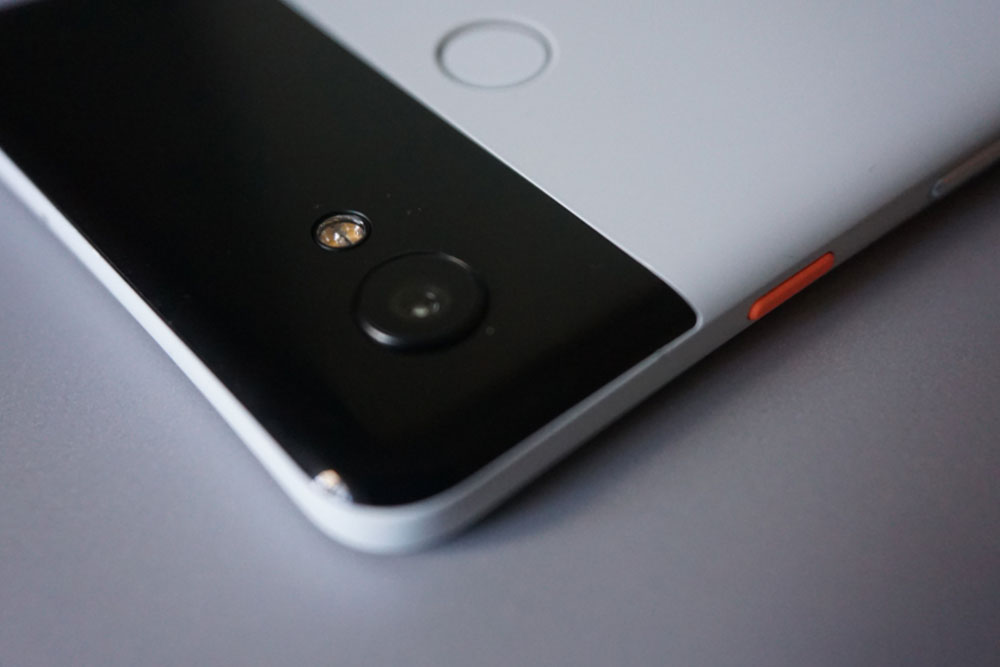In-Depth Overview of Recent Software Enhancements and Fixes for Google Pixel Smartphones
Google Pixel smartphones have experienced notable software updates that address issues like audio distortion, interface glitches, and connectivity problems. These enhancements improve overall device performance, camera quality, and user experience. Despite some limitations in design and storage options, Google Pixel remains a favored choice due to its clean Android interface, powerful hardware, and regular security updates. Ongoing software improvements demonstrate Google’s commitment to providing a reliable, innovative smartphone experience for users worldwide.

Latest Software Updates Bring Significant Improvements to Google Pixel Devices
Google consistently rolls out comprehensive software updates to enhance the performance, stability, and security of its flagship Pixel smartphones. These updates are crucial in addressing various technical issues that users encounter, ensuring a smoother and more reliable user experience. One of the most noteworthy updates was released in February 2017, which successfully rectified a prevalent audio distortion problem affecting high-volume sound output. This issue had been a source of frustration for many users, as it compromised sound quality regardless of the output device, be it headphones, external speakers, or an integrated speaker system. Recognizing the importance of audio clarity, Google swiftly identified the root cause—a software glitch—and implemented a fix that significantly improved audio performance across all Pixel models.
Beyond audio-related problems, Google’s software updates target a range of bugs and glitches reported by users. Common issues included interface irregularities, such as unresponsive or lagging touch screens, camera freezes during crucial moments, connectivity problems affecting Wi-Fi and Bluetooth links, and unexpected rapid battery drain that compromised device longevity. Each of these issues was addressed through targeted patches and system optimizations, reflecting Google's commitment to maintaining Pixel's status as a premium flagship device. These continuous improvements have helped mitigate some of the early challenges faced by users, highlighting Google’s proactive approach to software maintenance.
Despite initial setbacks, the Google Pixel line remains highly popular due to its exceptional camera capabilities, especially in low-light conditions, powered by advanced computational photography. The devices are equipped with a robust processor that supports seamless multitasking, and a sizable battery offers dependable day-long usage. The integration of Google Assistant tailored for regional languages and preferences adds to the overall appeal. However, like all flagship smartphones, the Pixel has certain drawbacks. Some users have criticized its minimalistic and less stylish design when compared to other premium devices, as well as the absence of the option to expand storage via microSD cards, which can be limiting for users who require extensive storage for media and apps. Additionally, recurring reports of issues related to message reception, particularly problems receiving SMS texts, have surfaced. Google has acknowledged these concerns and has committed to deploying future updates to resolve these communication problems swiftly.
Focusing on specifications, the Google Pixel boasts a 5.00-inch Full HD display with a resolution of 1080 x 1920 pixels, offering crisp visuals and vibrant colors suitable for multimedia consumption. It comes with 32 GB of onboard storage and 4 GB of RAM, ensuring efficient multitasking capabilities. The camera setup features a 12.3-megapixel rear sensor capable of capturing high-quality photos, complemented by an 8-megapixel front camera ideal for selfies and video calls. Running on Android 7.1 Nougat, the device benefits from Android’s clean interface and seamless updates. The device’s 2770 mAh battery provides adequate power for a regular daily usage schedule, with various power-saving features implemented to extend battery life further. Google’s commitment to software support means that newer Android versions and security patches continue to be released, keeping Pixel devices competitive and secure in a rapidly evolving smartphone market.
In conclusion, Google Pixel smartphones have seen significant improvements through ongoing software updates that address common user issues while enhancing overall performance. Despite some shortcomings, the Pixel remains a top choice for users seeking a smartphone with superior camera capabilities, smooth user interface, and reliable security updates. As Google continues to refine its software and hardware offerings, Pixel devices are well-positioned to remain at the forefront of the Android ecosystem, providing users with a consistently evolving experience.




